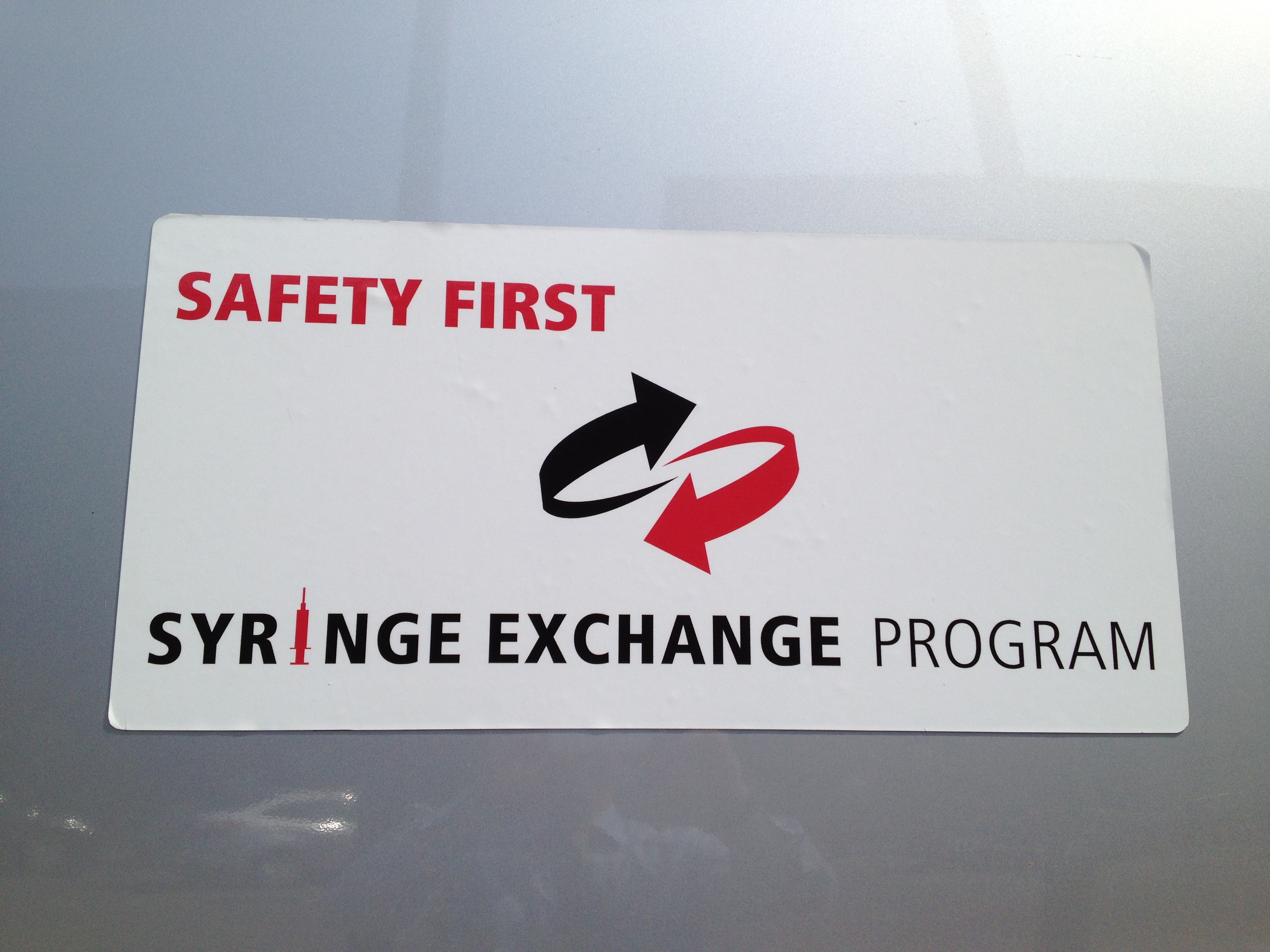
Anabolic steroid users represent the largest client at needle exchange programs in the United Kingdom according to the weekly current affairs magazine, the New Statesman (“Shape of the future: observations on bodybuilding,” April 17).
In recognition of the increasing number of steroid users entering needle exchange assistance programs, steroid expert William Llewellyn, author of Anabolics 2007 and Body of Science, has been a regular lecturer at the National Conference on Injecting Drug Use in London. Llewellyn spoke before key policy makers at the harm reduction conference for the past two years.
The New Statesman magazine also identifies some disturbing trends in steroid use in the U.K.
But rates of steroid use aren’t the only thing that’s changing: so is the type of person who uses the drugs.
According to Martin Chandler, a specialist in steroid use at Liverpool John Moores University, the rise is caused by people “younger and less knowledgeable” than their previous counterparts. “What scares me is their limited research and understanding,” he says.
According to Martin Chandler, the increasing number of young people using steroids is due to aesthetic (body image) concerns and not performance enhancement concerns.
If the demographic of steroid users is changing, so too are their motivations. Among older users, the drugs were often taken as a means to open up non-academic job opportunities. This was particularly true in former manufacturing towns. When manual workers found themselves unable to make a living in the old industries, they often trained as security staff, bouncers or police officers to continue making a living through their bodies.
But, unlike mining and manufacturing work, for instance, these new careers did not develop appropriate physiques “on the job”. Being a doorman might require a big build, but the job itself is more likely to cultivate guts than shoulders. Hence the rise of gym culture, and steroids.
Now, according to Chandler, it is fashion rather than function that motivates the younger generation to pump up: “Ultimately, what new users are concerned with is body image. It’s got nothing to do with performance gain – it’s about aesthetic.” The trend is not surprising. Men’s magazines are booming; there are also flourishing industries in male health, diet and supplements. Meanwhile, multimillion-dollar advertising budgets are pulling in actors and sportsmen to sponsor the “male ideal”.
Fortunately, the harm reduction programs offer an additional opportunity at steroid education hopefully improving the health of steroid users.

About the author
Millard writes about anabolic steroids and performance enhancing drugs and their use and impact in sport and society. He discusses the medical and non-medical uses of anabolic-androgenic steroids while advocating a harm reduction approach to steroid education.

No replies yet
Loading new replies...
Join the full discussion at the MESO-Rx →